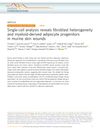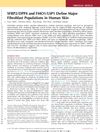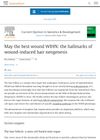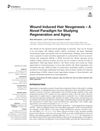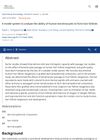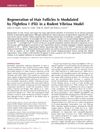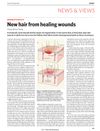Dissecting the Microenvironment Around Biosynthetic Scaffolds in Murine Skin Wound Healing
May 2021
in “
Science Advances
”
biosynthetic scaffolds wound healing immune responses electrospun membranes aligned scaffolds adaptive immunity fibrotic response T lymphocytes hair neogenesis hair follicle regeneration single-cell RNA sequencing extracellular matrix formation macrophage subsets T cell populations scaffolds immune response membranes fibrosis T cells hair growth RNA sequencing extracellular matrix macrophages
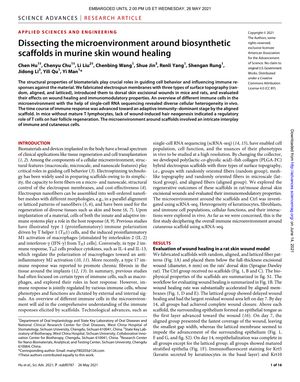
TLDR Different scaffold patterns improve wound healing and immune response in mouse skin, with aligned patterns being particularly effective.
The study explored how different surface topographies of biosynthetic scaffolds affect wound healing and immune responses in murine skin. Researchers used electrospun membranes with various patterns and found that aligned scaffolds not only accelerated wound healing but also advanced the immune response towards an adaptive immunity-dominant stage and reduced fibrotic response. The absence of mature T lymphocytes in certain mice led to a lack of wound-induced hair neogenesis, highlighting the role of T cells in hair follicle regeneration. Single-cell RNA sequencing showed a complex cellular interplay in the wound microenvironment, with the aligned scaffolds promoting a more favorable healing environment, enhanced hair follicle regeneration, and extracellular matrix formation. The study also identified specific macrophage subsets and T cell populations associated with the healing process, indicating that the immune microenvironment, influenced by scaffold structure, significantly affects wound healing outcomes.
